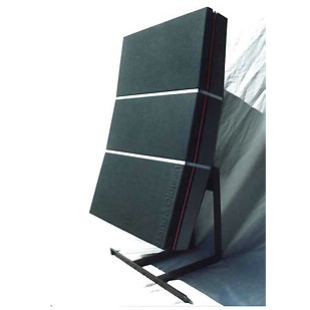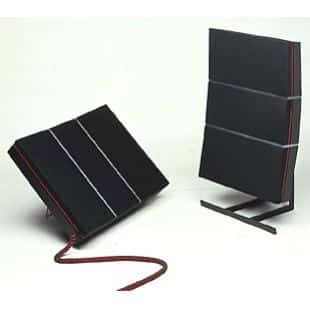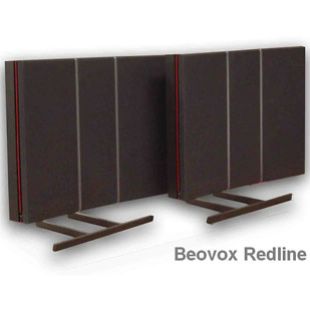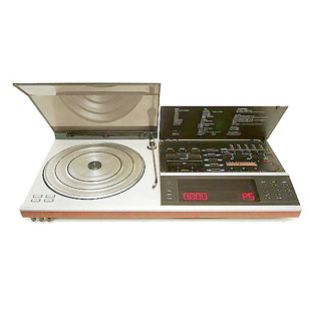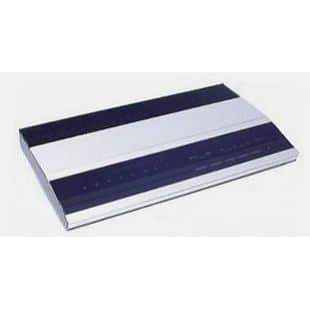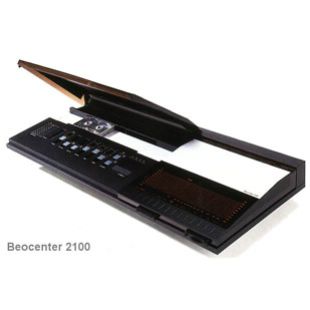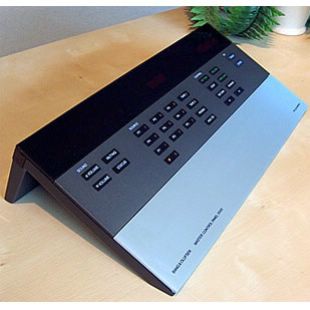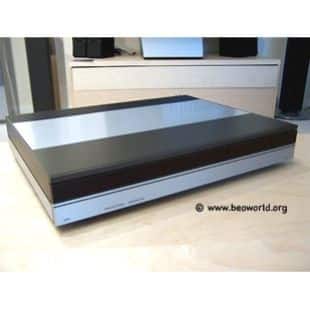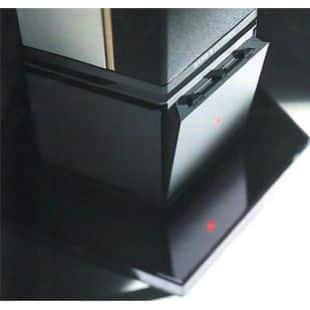BeoCord 5000 (1984)
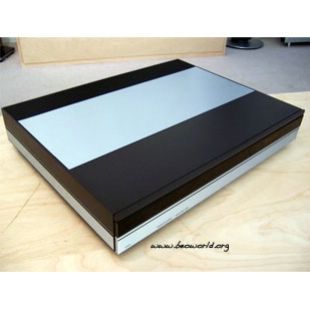
A top-quality cassette recorder, perfectly matched to Beomaster 5000 as part of Beosystem 5000. When the two units were used together the cassette deck could be operated entirely by remote control.
Beocord 5000 was of very advanced design in both its technical features and in its control/operations systems. For the home recording enthusiast it offered superb standards of sound quality and precision engineering. Bang & Olufsen’s patented HX PRO recording system, Dolby B and Dolby C Noise Reduction and a 6-layer Canon combination head with a 1.8mm gap all contributed to a recording and playback performance that delighted even the most exacting technician.
For the novice or the non-technical music lover, Beocord 5000 represented a supremely straightforward way of making high-quality recordings and subsequently enjoying them in relaxing comfort.
Every possible convenience was built into the Beocord’s control system. There was a START/GO function that rewound the tape to its beginning and played it without further instruction. And an automatic ADVANCE function (tape search) that found the start of any required track from either end of the tape.
Selection between ferric, chrome and metal tapes was fully automatic, and setting the correct recording level was quick and easy using the input sliders and LED signal strength meters. You could switch instantly from one tape transport mode to another (e.g. from play to fast rewind) without any danger of tangling the tape or harming the mechanism.
The cassette tray and direct operation controls were housed in a motor-driven drawer which opened and closed at a touch. When used with Beomaster 5000, Beocord 5000 could, of course, be programmed to record or play automatically at any set time.
Connections: stereo microphone (DIN); Aux input DIN; data-link to Beomaster 5000 (one socket, 3-way switchable)

